ARDUINO PRO MINI 5V ATMEGA328P Arduino Pro Mini 5V ATMEGA328P ProMini ATMEGA328 5V 16MHz Development Board Arduino Pro Mini Without Cables
৳ 659.00 Original price was: ৳ 659.00.৳ 399.00Current price is: ৳ 399.00.
Arduino Pro Mini ATMEGA328P 328 ProMini ATMEGA328 5V 16MHz Development For Arduino Electronic Engineering Projects
Description: Arduino Pro Mini ATMEGA328P ProMini ATMEGA328 5V 16MHz Development
ARDUINO PRO MINI 5V ATMEGA328P Arduino Pro Mini 5V ATMEGA328P ProMini ATMEGA328 5V 16MHz Development Board Arduino Pro Mini Without Cables
Features:
- DC input 5V up to 8V(power supply from RAW pin)
- DC input 5v(from VCC pin)
- Bootloader: Arduino Pro/Pro Mini (5V, 16Mhz) w/ Atmega328
- 5V regulator
- Max 150mA output
- ATmega328 running at 16MHz with external resonator (0.5% tolerance)
- Low-voltage board needs no interfacing circuitry for popular 3.3V devices and modules (GPS, accelerometers, sensors, etc)
- USB connection off board
- Supports auto-reset
- Over current protected
- Reverse polarity protected
- On board Power and Status LEDs
- Size:0.7×1.3″ (18x33mm)
- The dimensions of the Pro Mini PCB are approximately 0.7″ x 1.3″.
Specifications:
- 20 Digital input / output ports:TX, RX, D2 ~ D13, A0~A5.
- 8 analog inputs ports:A0 ~ A7.
- 1 pairs of TTL level serial transceiver ports RX / TX.
- 6 PWM ports: D3, D5, D6, D9, D10, D11.
- Main Chip: Atmel Atmega328P-AU.
- Support Serial Download.
- Supports external power supply 3.8-12V DC.
- Supports 12V or less than 12V battery power supply.
- 16MHz clock frequency.
- Size: 33.8mm x 18mm.
Power:
The Arduino Pro Mini can be powered with an FTDI cable or breakout board connected to its six pin header, or with a regulated 3.3V or 5V supply (depending on the model) on the Vcc pin. There is a voltage regulator on board so it can accept voltage up to 12VDC. If you’re supplying unregulated power to the board, be sure to connect to the “RAW” pin on not VCC.
The power pins are as follows:
RAW For supplying a raw voltage to the board.
VCC The regulated 3.3 or 5 volt supply.
GND Ground pins.
Memory
The ATmega328 has 32 kB of flash memory for storing code (of which 0.5kB is used for the bootloader). It has 2 kB of SRAM and 1kBs of EEPROM (which can be read and written with the EEPROM library.
Input and Output:
Each of the 14 digital pins on the Pro Mini can be used as an input or output, using pinMode , digitalWrite, and digitalRead functions. They operate at 3.3 or 5 volts (depending on the model). Each pin can provide or receive a maximum of 40 mA and has an internal pull-up resistor (disconnected by default) of 20-50k Ohms. In addition, some pins have specialized functions:
- Serial: 0 (RX) and 1 (TX). Used to receive (RX) and transmit (TX) TTL serial data. These pins are connected to the TX-0 and RX-1 pins of the six pin header.
- External Interrupts: 2 and 3. These pins can be configured to trigger an interrupt on a low value, a rising or falling edge, or a change in value. See the attachInterrupt function for details.
- PWM: 3, 5, 6, 9, 10, and 11. Provide 8-bit PWM output with the analog Write function.
- SPI: 10 (SS), 11 (MOSI), 12 (MISO), 13 (SCK). These pins support SPI communication, which, although provided by the underlying hardware, is not currently included in the Arduino language.
- LED: 13. There is a built-in LED connected to digital pin 13. When the pin is HIGH value, the LED is on, when the pin is LOW, it’s off.
The Pro Mini has 8 analog inputs, each of which provide 10 bits of resolution (i.e. 1024 different values). Four of them are on the headers on the edge of the board; two (inputs 4 and 5) on holes in the interior of the board. The analog inputs measure from ground to VCC. Additionally, some pins have specialized functionality:
- I2C: A4 (SDA) and A5 (SCL). Support I2C (TWI) communication using the Wire library.
There is another pin on the board:
- Reset. Bring this line LOW to reset the microcontroller. Typically used to add a reset button to shields which block the one on the board.
Communication:
The Arduino Pro Mini has a number of facilities for communicating with a computer, another Arduino, or other microcontrollers. The ATmega328 provides UART TTL serial communication, which is available on digital pins 0 (RX) and 1 (TX). The Arduino software includes a serial monitor which allows simple textual data to be sent to and from the Arduino board via a USB connection.
A Software Serial library allows for serial communication on any of the Pro Mini’s digital pins.
The ATmega328 also supports I2C (TWI) and SPI communication. The Arduino software includes a Wire library to simplify use of the I2C bus; see the reference for details. To use the SPI communication, please see the ATmega328 datasheet.
Programming:
The Arduino Pro Mini can be programmed with the Arduino software download. For details, see the reference and tutorials.
The ATmega328 on the Arduino Pro Mini comes preburned with a bootloader that allows you to upload new code to it without the use of an external hardware programmer. It communicates using the original STK500 protocol reference , C header files.
You can also bypass the bootloader and program the ATmega328 with an external programmer; see these instructions for details.
Package Include:
- 1 x Arduino Pro Mini ATMEGA328P 328 ProMini ATMEGA328 5V 16MHz Development For Arduino Electronic Engineering Projects
Only logged in customers who have purchased this product may leave a review.



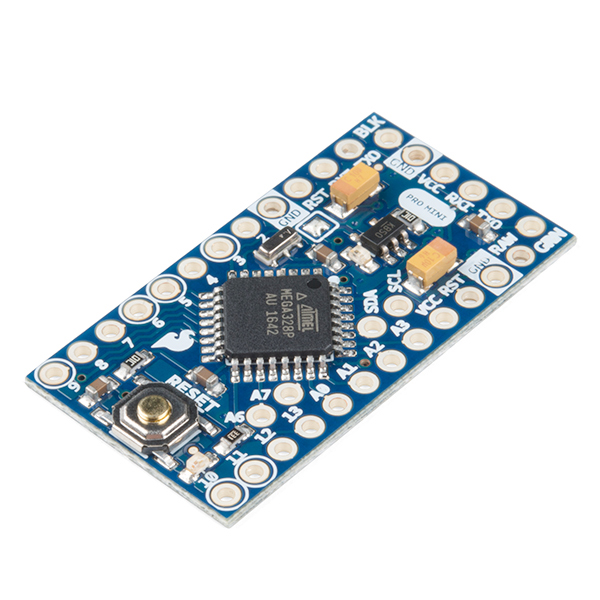

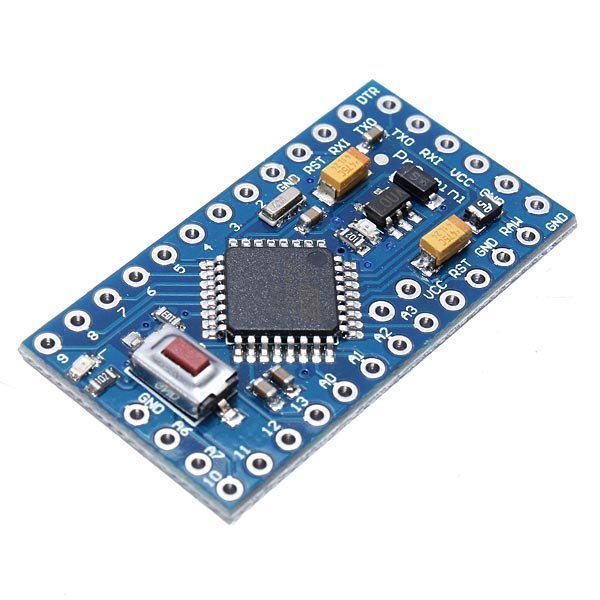


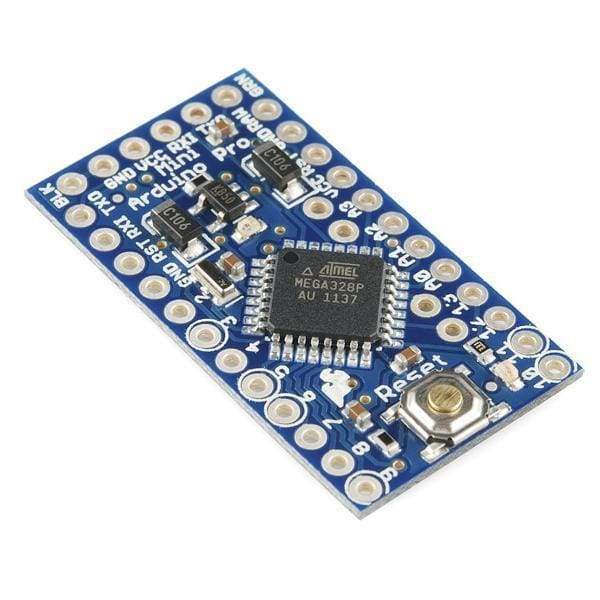










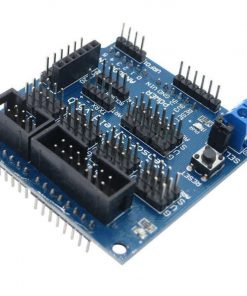







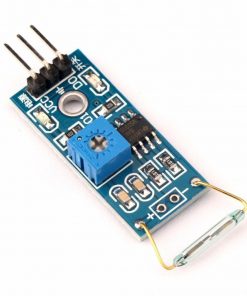

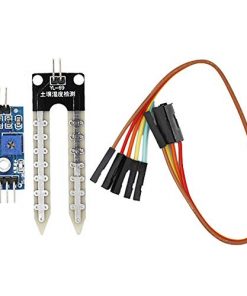


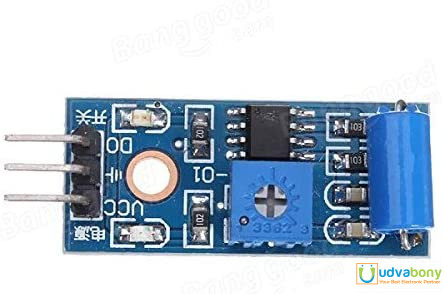


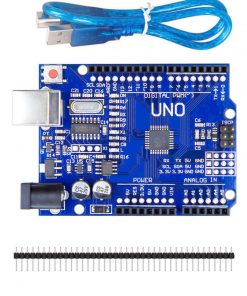

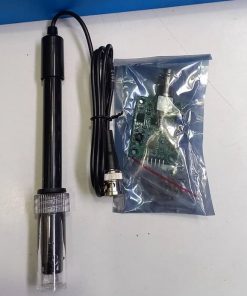

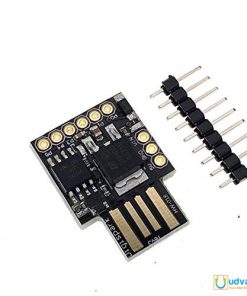



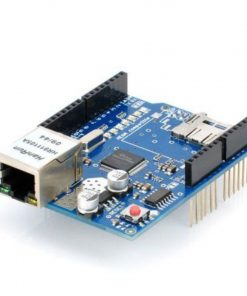

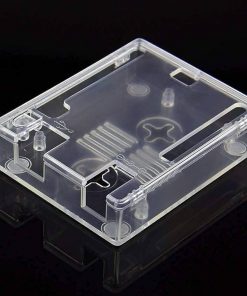












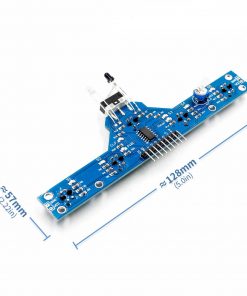

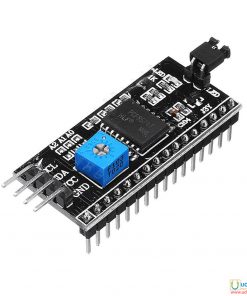













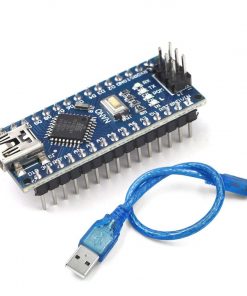




Reviews
There are no reviews yet.